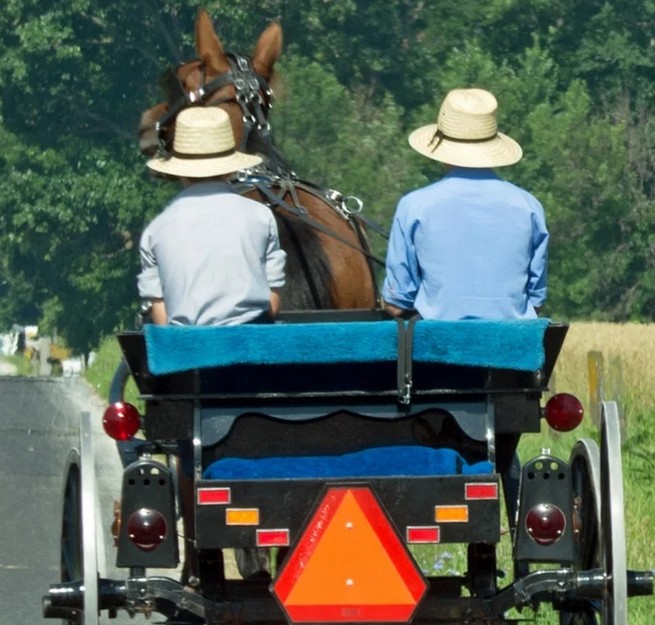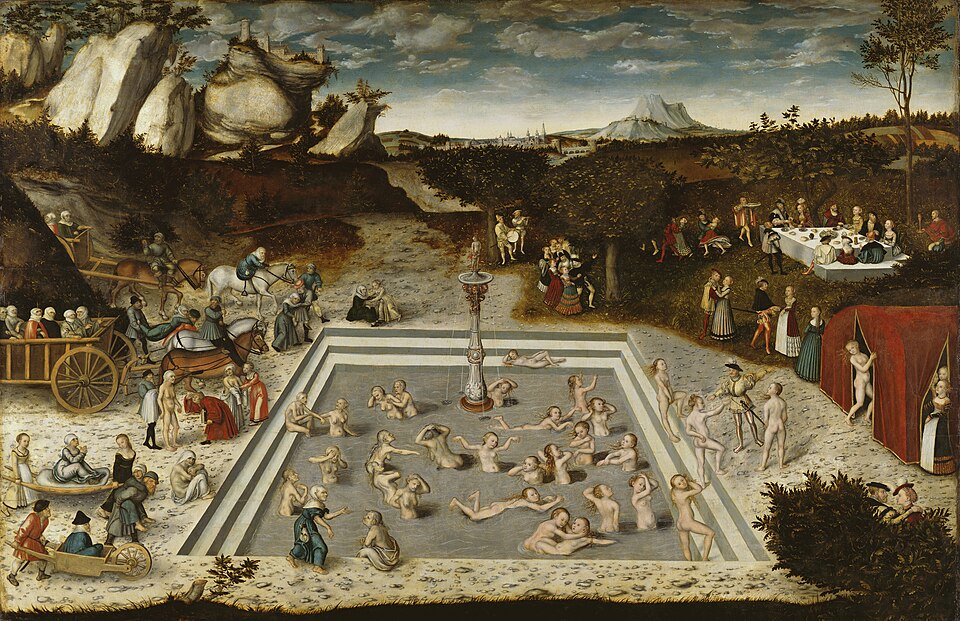In a community of Old Order Amish near Berne, Indiana, researchers at Northwestern University uncovered a unique, “private” gene mutation in the SERPINE1 gene, which encodes the blood clotting protein PAI‑1. Individuals with one mutated copy of this gene lived almost 10 years longer than their counterparts—averaging around 85 years instead of the community’s typical 71—or early 70s.
Inspired by this mutation, scientists partnered with Tohoku University (Japan) to develop oral PAI‑1 inhibitors such as TM5614, aiming to mimic the Amish gene’s beneficial effects.
Progress so far:
-
Phase 1 trials in Japan confirmed safety and tolerability among healthy volunteers (~160 individuals).
-
Phase 2 studies are underway, including tests in individuals with type 2 diabetes, obesity, or undergoing chemotherapy, to assess metabolic improvements and stem-cell release.
Meanwhile, in animal studies, the outcomes have been extraordinary:
-
Mice genetically prone to rapid aging and high PAI‑1 levels experienced hair regrowth, improved organ health, and 4× extended lifespan when treated with the drug
The Amish are a genetically closed population, descended from just ~500 18th-century settlers. One couple likely introduced this rare SERPINE1 mutation, which then spread due to their endogamous mating patterns.
This isolation also led to amplification of other genetic disorders—both benign and harmful—but uniquely positions them as valuable subjects for genetic aging studies.
It’s crucial to remember the broader Amish lifestyle advantages seen in other studies:
-
Physical activity is intense; Amish men average ~18,000 steps/day and women ~14,000—far above average.
-
Low obesity rates (~4% vs ~36% in the general U.S.), modest diabetes, and lower cancer incidence, thanks to minimal tobacco use and strong familial support.
So, the gene is only one piece of a complex puzzle that includes environment, culture, and social structure.
So, Could This Work for Everyone?
Researchers are optimistic:
-
The Amish mutation appears safe in carriers with one mutated copy.
-
Targeted drug therapies may replicate the benefits—potentially extending both lifespan and healthspan.
-
However, caution is essential: boosting cell replication long-term might raise cancer risk.
-
Any therapeutic strategy will require rigorous, long-term trials in humans.


